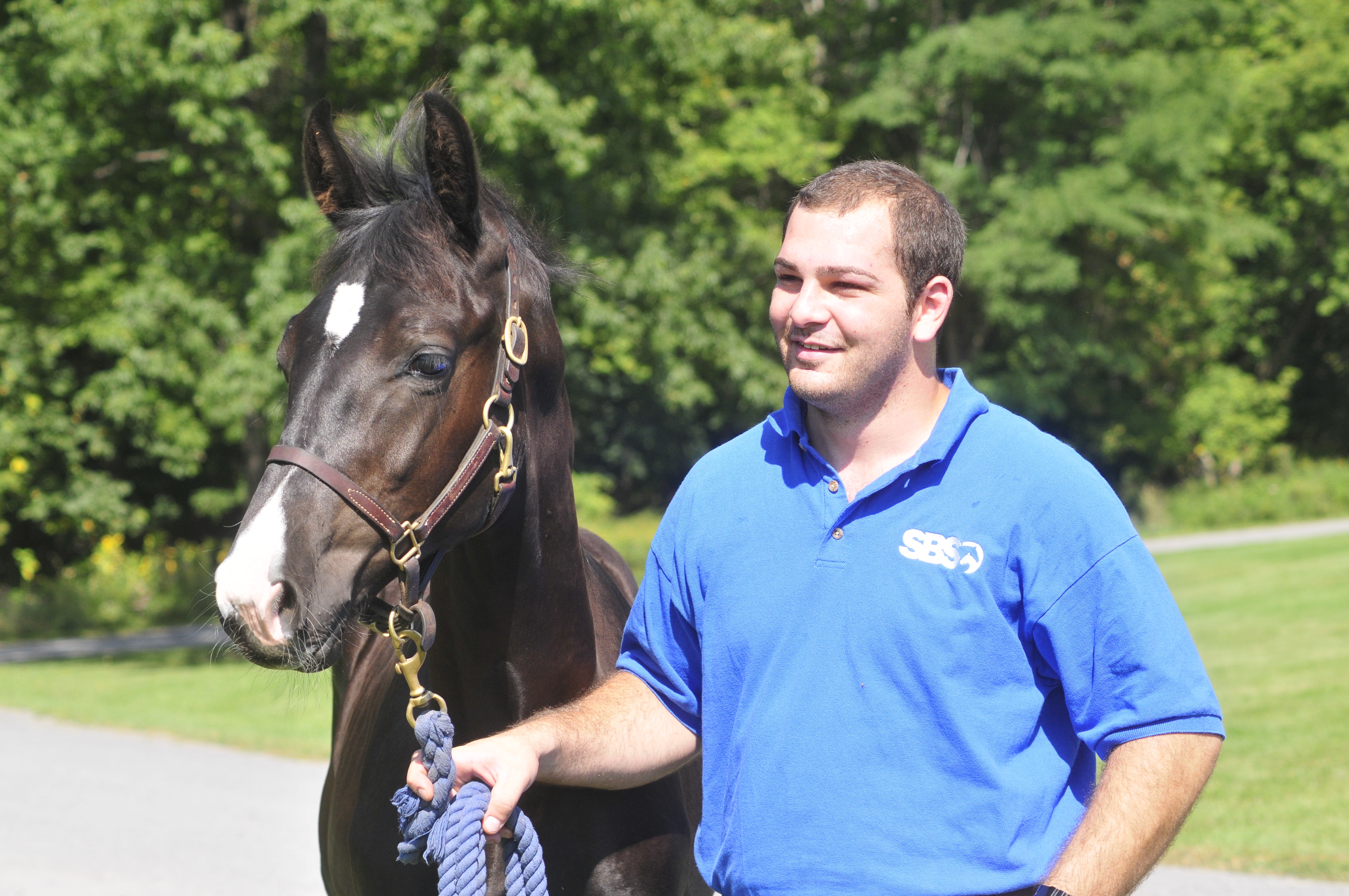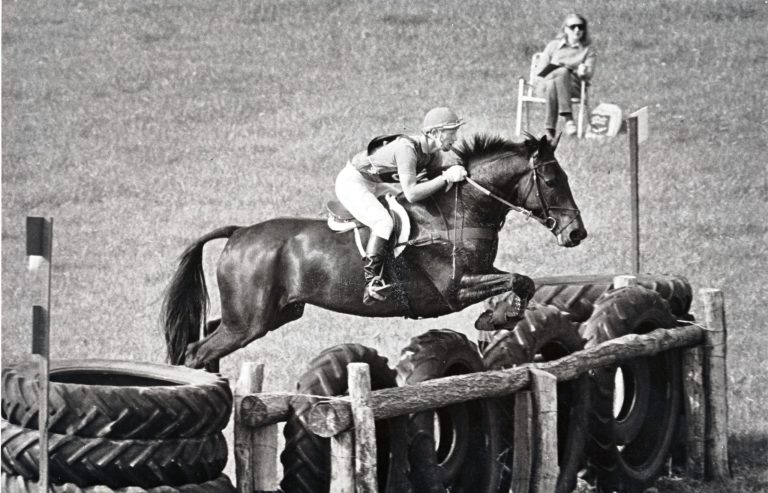A recent New York Times lead story was “Free Tuition in New York Adds Powerful Pull at Decision Deadline.” But is free really worth it? What is the value of free? My experience has shown that too many families make college enrollment decisions primarily based on price, not the best fit. Next thing you know, the student leaves college or goes to a different school which sometimes delays graduation and adds expenses that result in a higher cost than if she had gone with the more expensive, best fit.
One of the quickest ways to waste your resources is to take longer to finish than is necessary. As I mentioned , the historical trend of Associate and Bachelor degree graduation rates are not representative of individuals making good choices. Even if you choose a higher cost option, finishing in the right amount of time might be less costly. And for those who think it won’t be you, no one goes into a program thinking they won’t complete it on time.

As you probably already noticed, this month’s article is clearly different than the previous ones where we laid out a practical three step process for college selection with the last step focusing on fit. College costs are certainly part of that fit so this month we want to help you evaluate your choices from a value perspective where you measure the value of the input (cost and time) against the value of the output (degree and opportunities). A least cost option might be your best value, but then again it might not. You will only know once you rebound from the exciting notion of “free” and get down to the business of evaluating value.
Education can be a pricey investment, even after scholarships and financial aid, but paying for anything involves using—or ideally capitalizing on—the resources you have, the time and effort you are willing to put into it to make it happen and the payback benefits you expect to receive after purchasing it. Every study clearly shows that individuals who complete a degree have a larger lifetime earning capacity than those who don’t complete. Your education can never be taken away from you, won’t decrease in value and will provide hundreds of opportunities that you wouldn’t have without it.
You certainly know by now that there is some link between value and price. Free horse, free trailer or free car—wow what a deal! Using the analogy of horse ownership, do you really want a free one? Regardless of what it originally costs, free or otherwise, it’s still going to cost you money to keep it. But what you can do with a free horse is likely to be different than what you can do with one you researched and purchased. Your day-to-day cost would probably be the same, but what about the time, effort and training required to do what you want with the horse. Free or cheap to begin, but what is the long-term value? Only you can decide, but you should consider it before you eagerly take home that “free” horse.
Things to consider in determining whether the cost of enrollment (input) is worth the anticipated value (output): what does your tuition get you in terms of credits per term and access to resources such as tutors, counseling center, alumni help, access to faculty/staff mentors, strong references, letters of recommendation and support after graduation?
There are several measures and ratios that you can review to determine the value of one program compared to another. This information might be available on the college website or you might want to ask some questions during a campus visit. Here are just a few big picture areas to consider exploring:
· Percent of first-year students who graduate in four years
·Percent of first-year students who graduate in six years
· Percent of students identified as employed and percent employed in their field
· Percent of students identified as attending graduate school
· Current percentage of five-year salary ranges of grads
· Inclusion of career counseling
· Access to support for job placement as a soon-to-be grad and as an alum
Here is a list of additional areas to consider when comparing equine program specifics between colleges:
· Student to full-time faculty ratio
· Student to part-time faculty ratio
· Student to advisor ratio
· Student to horse ratio
· Typical number of students in a riding class
· Typical number of students in riding team practice
· Typical number of hours a freshman spends in hands-on time with a horse
These numbers and ratios don’t mean anything by themselves. They must be used to compare your options and even then, determine what information is important to you. Some of these ratios may be high on your list and most important while others are not. It’s your choice, and your perception of value.

Everybody has needs after high school—food, shelter, clothes, etc. It doesn’t matter if you go to college or don’t go to college, live on campus or off, there are costs associated with each decision and those costs are there regardless of whether or not you are in school, working or sitting around. If you go to college and live on-campus you have your basic room, utilities, food, workout facilities, activities and perhaps more. If you live at home or in an apartment, you will have those same expenses and you will need to add the costs of getting to and from school. What is the relative value of each of those decisions? It may appear to be cheaper to live at home, but what about the lost value of interactions you don’t have with other students and professors when you don’t live on campus? Again, there isn’t a right or wrong answer, just the perceived value for you.
Explore the real costs to attend each institution on your list of potential good fits and compare against each other. Remember to not only look at the cost. Back to the horse analogy—just as if you were comparing costs to buy a horse or receive one at no initial cost—the perceived value is critical.
Education is truly an asset and borrowing a reasonable amount of money to purchase your best-fit asset is responsible money management. The money and time you invest in that journey is relevant to how important you think that asset actually is and what you are willing to sacrifice—both short-term and long-term. The more that choice aligns with your willingness to sacrifice, the better the fit for you. Years ago, the Body Shop had a great t-shirt that said, “If you think education is expensive, try ignorance.” In real estate it’s always about “location, location, location.” In selecting a best fit college, remember it’s about “value, value, value.”










